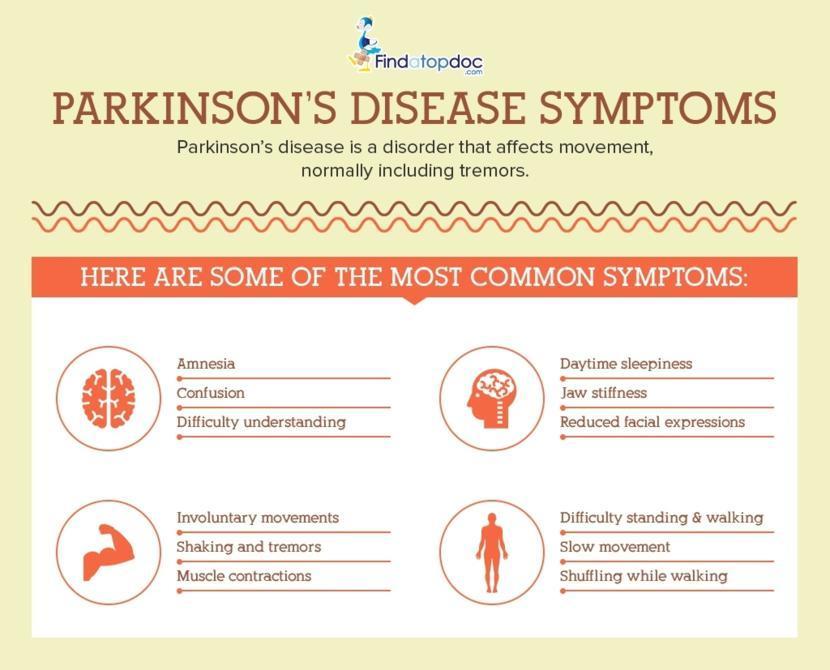What Are the Causes and Symptoms of Parkinson's Disease?

Parkinson’s disease is a progressive nervous disorder that affects an individual's movement and coordination. It is a degenerative disorder that affects the part of brain controlling movement and balance. The loss of muscle control is often seen in the form of tremors in the limbs, which is the most characteristic symptom of this disorder. It may also lead to stiffness, loss of balance, and slowing of movements. This nervous disease is mostly seen after 50-years-old and is more commonly found in males than in females. Although the disease is not life threatening, it can affect the quality of life for a person considerably.
Imbalance of two neurotransmitters, chemicals needed in the transmission of nerve impulses, seems to be the most common cause for Parkinson’s. This imbalance might be a result of genetics, according to experts. Some other causes, though rare, include exposure to toxins like pesticides and carbon monoxide, and viral infections.
Factors that increase the risk of the disease include:
- Age – The risk of developing this nervous disorder increases considerably after the age of 50-years-old.
- Heredity – The risk of this disorder is greater among people who have a close relative affected by Parkinson’s.
- Gender – Men are more commonly affected by Parkinson’s, when compared to women.
- Environmental factors – Continuous exposure to environmental toxins increases the risk considerably.
The symptoms of Parkinson’s disease, also referred to as Parkinsonism, are caused by drug abuse, thyroid disorders, head trauma, brain tumors, inflammation of brain, excess fluid around brain, and an adverse reaction to certain prescription drugs.
Symptoms of this disorder progress gradually over a period of time and often differ from person to person. Initially, the symptoms may remain unnoticed, considering them to be a part of aging.
The most common symptoms include:
- Tremors – They form the most characteristic symptom of Parkinson’s and often begin in the fingers and hands. The hands may shake when it is in a relaxed state.
- Slowing of movements – This may happen over a period of time as the ability to move reduces. Steps may become shorter or the feet may give a feeling of sticking on to the floor making it difficult to shift positions.
- Rigid muscles – This may occur in different parts of the body resulting in pain and limiting movements.
- Changes in speech – Monotonous pattern of speech with slur or a pause is quite common and begins over a period of time.
- Changes in posture and balance – People affected by this disorder may develop a stoop or have difficulty in balancing even during normal day-to-day activities.
- Loss of movements – Automatic movements like smiling, swinging hands, while walking or blinking may be reduced.















